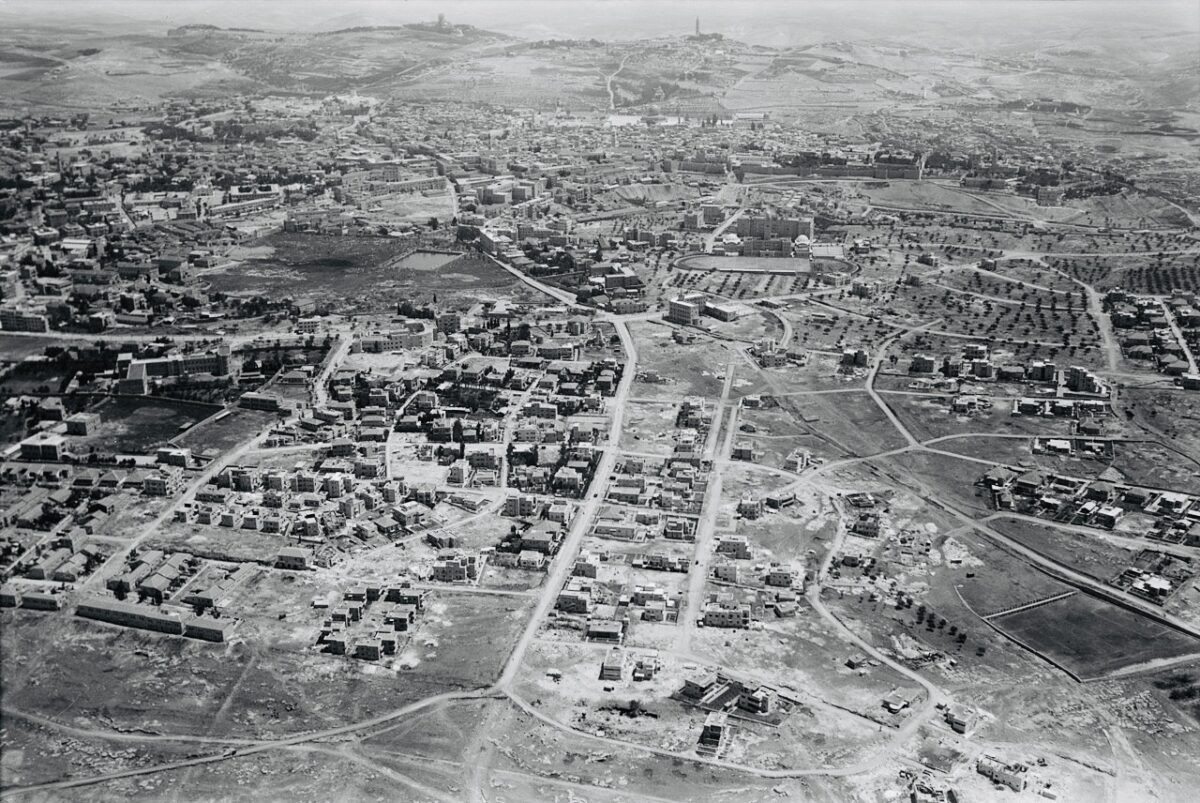It has been compared to Grunewald and Dahlem, two of the most sedate suburbs in western Berlin. Rehavia, a neighborhood in West Jerusalem near the Mahane Yehuda market and the old city in East Jerusalem, reminds the German writer Thomas Sparr of both cities. To him, Rehavia is new yet familiar.
When he lived in Jerusalem from 1986 onward, he would venture into Rehavia, which was transformed into a Middle Eastern outpost of the Weimar Republic by a generation of Jews fleeing Nazi persecution in Germany. Sometimes referred to as Yekkes, they added a distinctly teutonic atmosphere to Jerusalem.
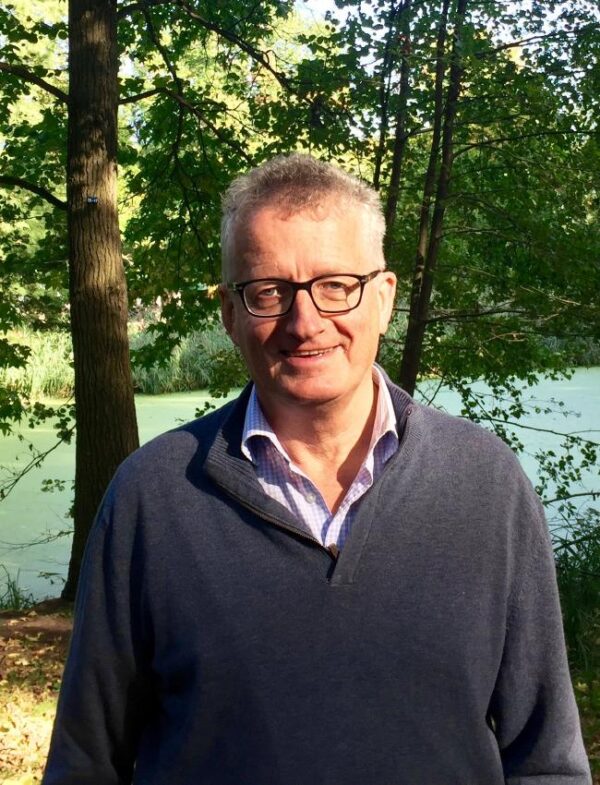
As Sparr wandered around its streets, watching people come and go and gazing into its shops and cafes, he recognized “the Frankfurt, Berlin, Munich or Konigsberg of the 1920s and 1930s,” he writes in his evocative and nostalgic book, German Jerusalem: The Remarkable Life of a German-Jewish Neighborhood in the Holy City (Haus Publishing). “A past I had known only second-hand, from books and conversations, was now present before me …”
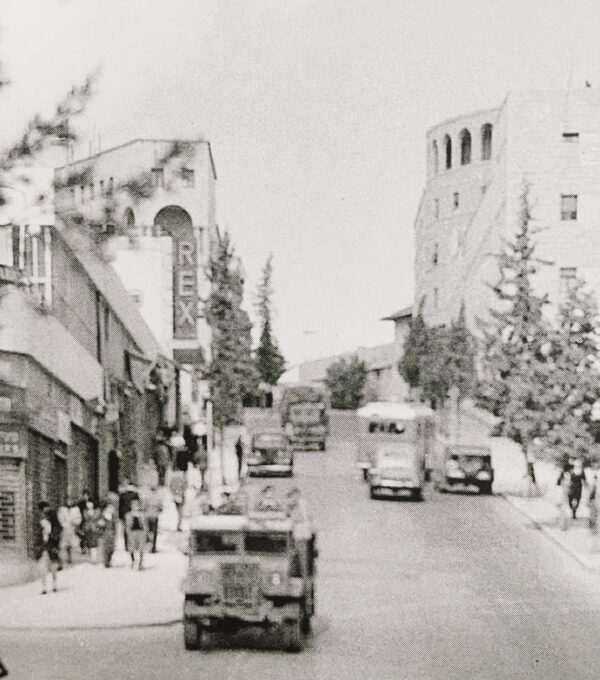
To the best of his knowledge, German Jerusalem is only the second book about Rehavia. The first one, adapted from a doctoral thesis by the German scholar Christian Kraft, was The Religious Institutions of Immigrants From Germany in the Rehavia District of Jerusalem — Transfer and Transformation. It was published in 2014.
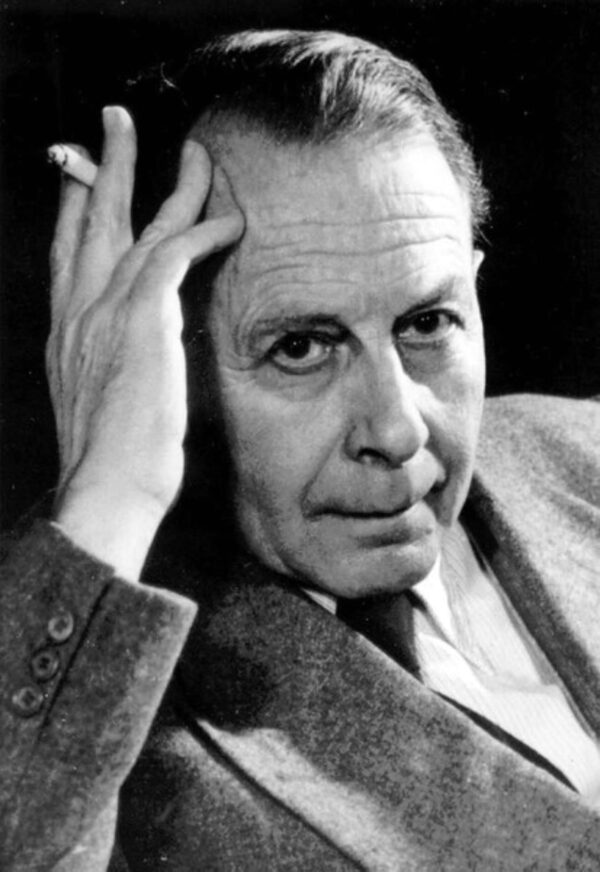
Rehavia, designed in the 1920s as a garden suburb by the German-Jewish architect Richard Kauffmann on behalf of the Palestine Land Development Company, was a unique district in Mandate Palestine and, later, in the state of Israel. “Rehavia was the ‘German’ — the German-Jewish — Jerusalem, capital of the Yekkes,” he says.
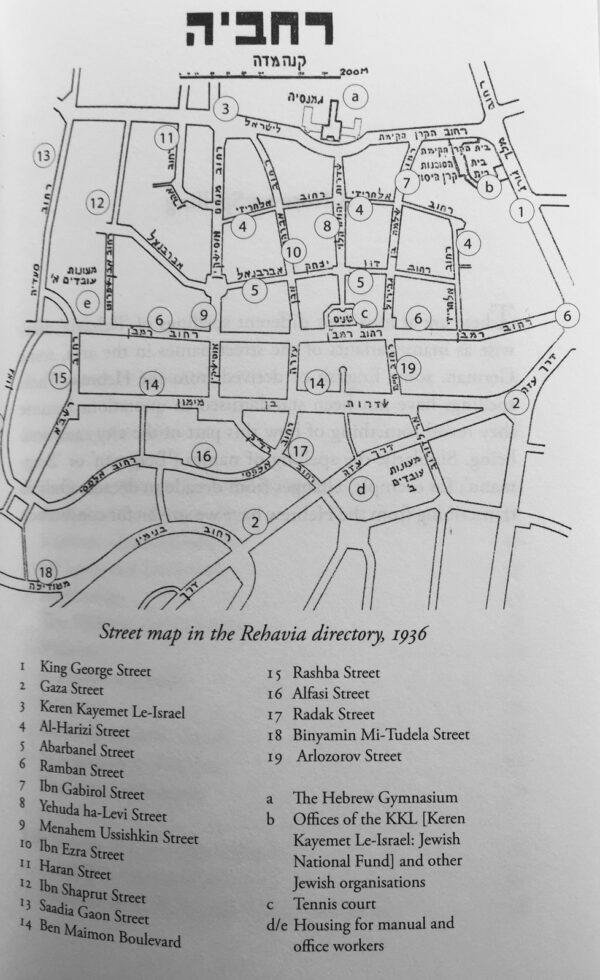
Kauffmann and his assistant, Lotte Cohn, planned several other “garden settlements” in Jerusalem — Talpiot, Beit Hakerem, Beit Vagan and Kiryat Moshe — but none of these managed to preserve its original character quite like Rehavia, which was originally called Gingeria due to the honey-colored stone work of its buildings.
Among Rehavia’s residents were the playwright and poet Else Lasker-Schuler, the Bauhaus architect Erich Mendelsohn, the philosopher Martin Buber, the scientist Shmuel Hugo Bergmann, and the historian Richard Koebner.
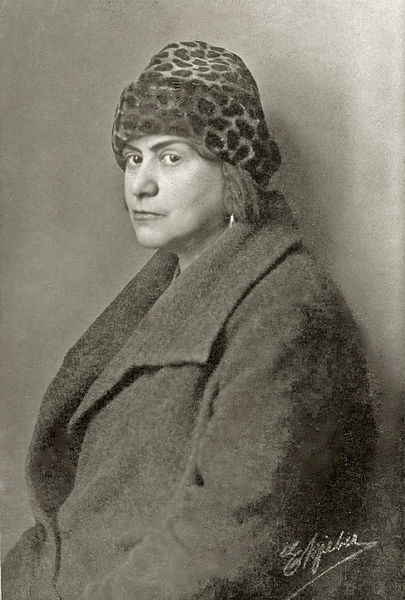
Gershom Scholem, the Kabbalist, settled in Rehavia in 1932, nine years after arriving in Palestine. With Israeli statehood, Rehavia would be home to two prime ministers — David Ben-Gurion and Golda Meir.
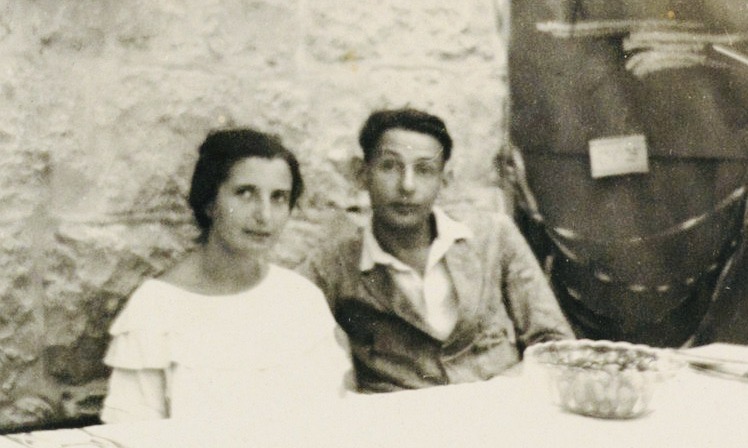
The arrival of tens of thousands of Jews from Germany and Austria enabled Rehavia to grow substantially. There were just 87 buildings and 705 inhabitants in 1933, the year Adolf Hitler assumed power as chancellor. By 1936, 246 buildings, with 2,520 residents, could be found in Rehavia.
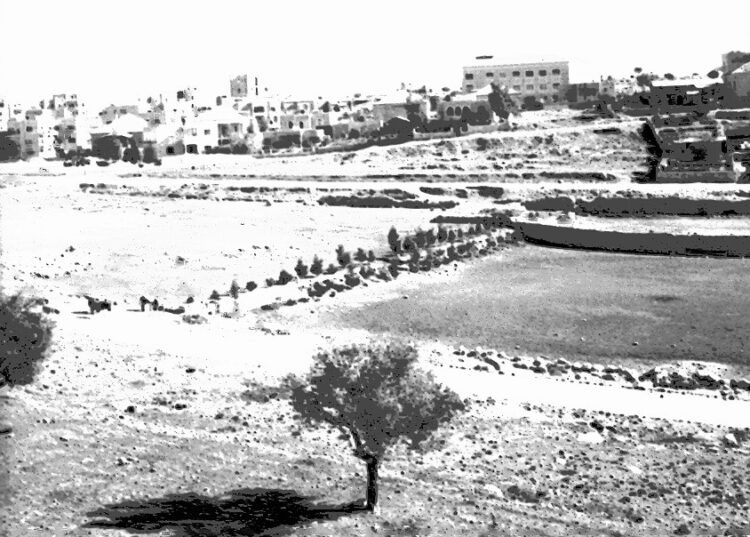
“Rehavia was intended as a garden city on the European pattern, generously laid out, with gardens to the rear of the houses and narrower gardens in front, a neighborhood full of trees, hedges and flowers … and parks on all sides,” says Sparr.
Once staunchly secular, Rehavia now draws many religious families, but its old-world ambience remains intact. As Sparr puts it, “Walk along the shady streets of Rehavia today and you will discover a prosperous district, with well-kept green spaces, quiet side streets, two traffic-filled roads, little cafes … a mini-supermarket and a florist …”
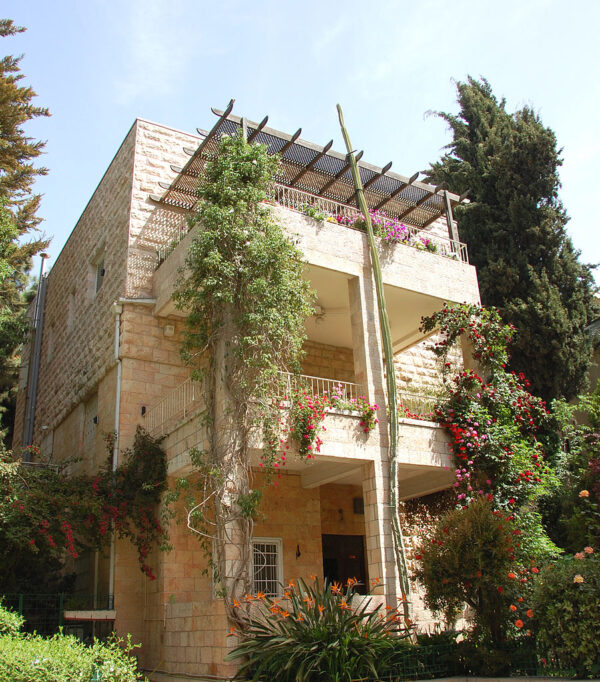
From the outset, Rehavia, though thoroughly Germanic in some respects, was socially heterogeneous, with upper-class Sephardi Jews living alongside recent Ashkenazi immigrants from Europe. In Sparr’s view, Rehavia’s uniqueness could best be glimpsed on its streets, where immigrants of German origin, men dressed in suits with collars and ties and women clad in skirt suits, could be seen on strolls “against an oriental backdrop.”
As he points out, the Yekkes projected certain qualities often associated with German Jews of the day — “honesty, thoroughness, systematic nationalism, realism, even a certain lack of imagination, a dry sense of humor, no sharp elbows, courteous manners and a reverence for German culture, its literature and music, Bach and Mozart, Bechstein pianos and the violin.”
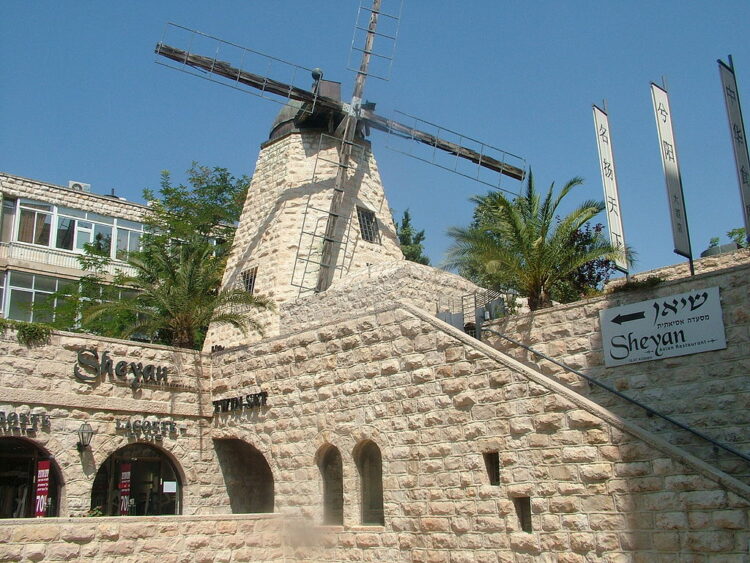
Yekkes flocked to cafes. The Cafe Atara, opened by the Greenspan family on Ben Yehuda Street in 1938, was one of the most popular ones. Here they could enjoy a “cafe hafuch,” a little coffee in a lot of milk, probably a Viennese invention. Here, too, they could read German-language newspapers from Paris and Zurich, as well as The Jerusalem Post.
The Yekkes opened one delicatessen after another on Ben Yehuda Street and Jaffa Street, and none were kosher. One shop, in particular, sold marvellous, thinly-sliced ham, which was produced by a Christian Arab farmer in Nazareth.
Although they tended to be worldly and cosmopolitan, theYekkes were clannish, Sparr suggests. “The inhabitants of Rehavia lived in separate, more or less closed circles. They knew each other, gave reciprocal invitations, kept pretty much to themselves.”
The trial of Nazi war criminal Adolf Eichmann aroused passions. In a submission to the Israeli president, several notable Yekkes argued against Eichmann’s execution, which was carried out on May 31, 1962.
Scholem lambasted a fellow German Jew, Hannah Arendt, for having claimed in her book, Eichmann in Jerusalem, that Jewish councils had collaborated with the Nazis. “Arendt’s friends in Rehavia … turned their backs not just on her book, but on her,” says Sparr.
Additional tensions flared when Konrad Adenauer, the former chancellor of West Germany, visited Rehavia in 1966, a year after Israel and West Germany formally established diplomatic relations.
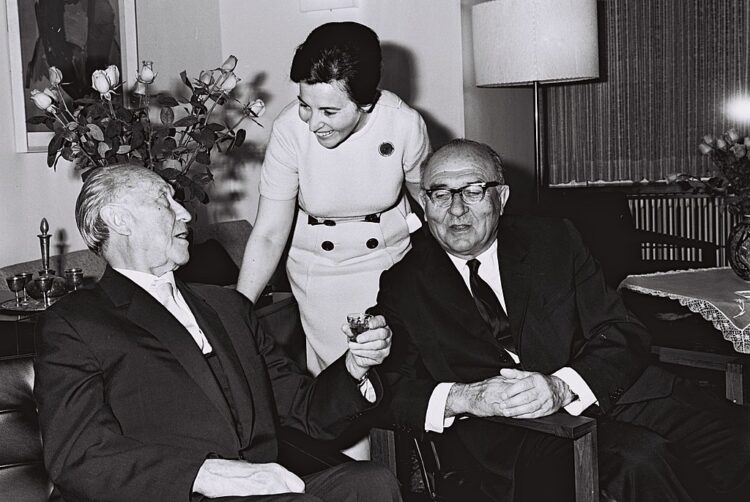
During a banquet in his honor, the Israeli prime minister, Levi Eshkol, said there could be no atonement for the Holocaust. “The Jewish people are waiting for further signs and tokens that the German people recognize the dreadful burden of the past and seek for themselves a new path among the family of peoples.”
Visibly angered by Eshkol’s admonition, Adenauer announced he was leaving Israel before the end of his visit. Nahum Goldmann, the president of the World Jewish Congress, intervened and managed to placate Adenauer. Over the next few days, he continued his trip, laying a wreath at the Yad Vashem Holocaust memorial, delivering a speech at the Hebrew University, visiting Haifa, and sitting down for a chat with Ben-Gurion at Sde Boker, a kibbutz in the Negev.
This long-forgotten incident is merely a fragment from the rich group portrait Sparr has painted of Rehavia, an extraordinary neighhorhood from a vanished world.
